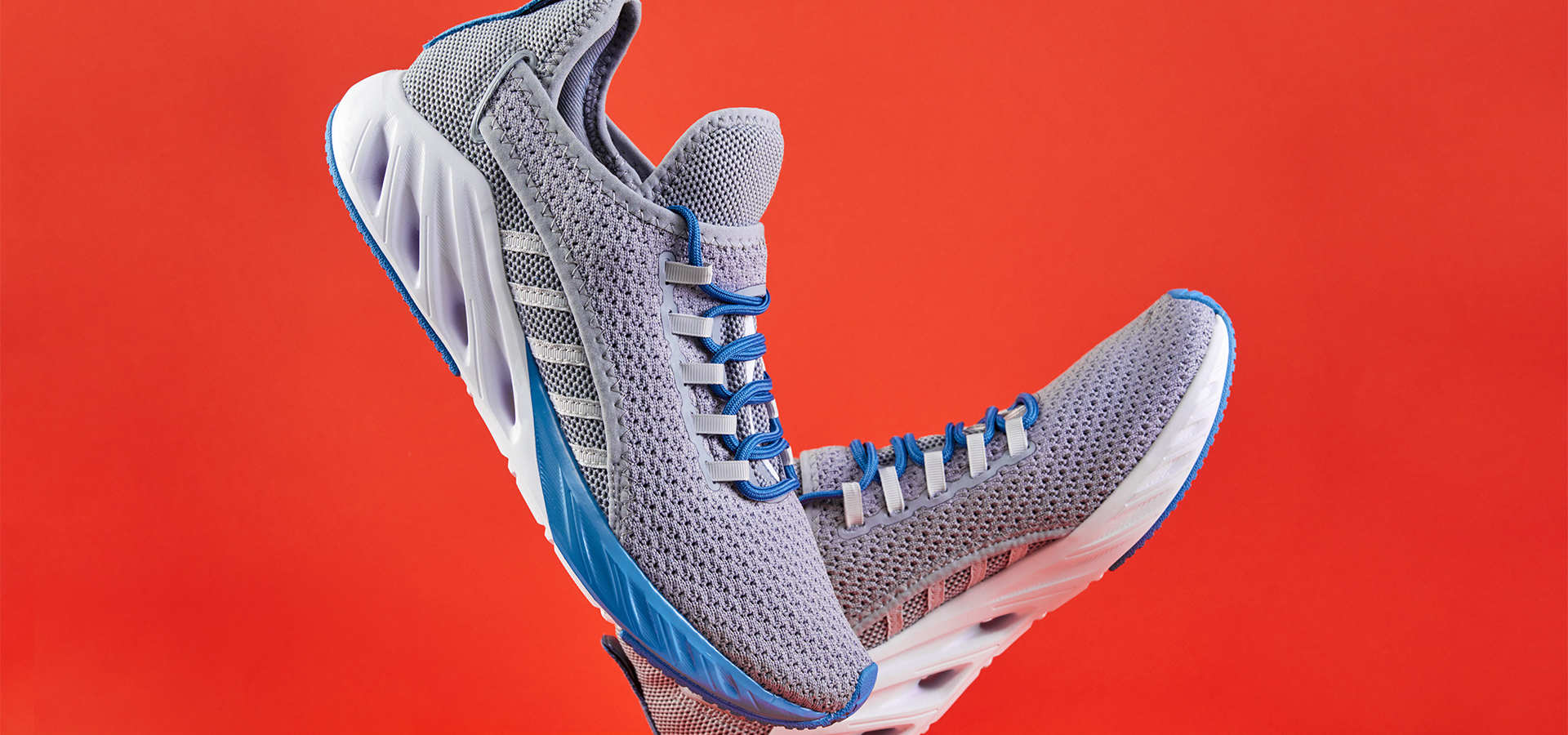
Elevate Footwear Design with Precise Gait Data Analysis
The history of shoes has evolved right alongside that of humanity itself. The earliest known shoes for which we have physical proof, found in Fort Rock Cave in Oregon, are a type of bark sandal. Archeologists, however, believe that the use of footwear is much older than that, perhaps stretching back tens of thousands of years earlier.
From the first leather shoes for which we have evidence, around 3,500 BCE, to the first red basketball shoes on an American court in the 1980s, people have used footwear for everything from foot protection to increased speed to personal style.
That reliance on footwear as a tool continues to this day. What’s changed? Not our love for shoes; now we have more effective ways of measuring what makes an effective piece of footwear. You're missing out if you aren’t using cutting-edge, data-based science in your shoe designs.
We’re talking about gait data, detailed information about how people stand and move. Gait data is critical to helping patients in clinics walk as normally as possible, avoid injuries, and lead a better life. It is just as important for athletes who require maximum support and fitness to reach peak performance and stay injury-free.
So, how can you use data to create better designs? Let’s explore that.
Gait Data: What and Why?
Gait data stems from gait analysis, which is the process of assessing how someone moves. The gait cycle—the pattern of lifting one foot, swinging it forward, setting it down, and repeating with the other foot until you return to the starting position—is a timeworn but evergreen model of human locomotion. The more you understand it, the better footwear you can make.
By examining how a person walks, runs, or stands, you can create shoes and inserts that match their needs. By examining how many people move, you can identify patterns, trends, and needs in footwear design. The latter helps you help as many people as possible—all with significant data at your side.
Gait research and analysis systems are geared toward giving you an insider’s look into what’s happening in the human foot. How are muscle, nerve, and skeletal systems affected by each step? By different diseases? By strenuous activity?
To understand this picture effectively, you need good tools.
Gait Research and Analysis Systems
Gait research for footwear needs to be informed on one key metric: pressure. Understanding pressure at specific points and how it’s distributed can give you insight into how the foot interacts with the ground, how heels and toes move, and what the whole foot requires for support.
This understanding makes it far easier for you to design footwear people want to buy, whether for a medical practice or a professional sports team. Unfortunately, today’s gait analysis systems suffer serious setbacks—but solutions exist. Let’s look at each.
The Challenges
If you work in a podiatry clinic, sports medicine practice, or athletic department, no one needs to tell you how frustrating it is to lack the proper technology to do your job. Current systems suffer from many weak points, such as:
- Limitations that stem from purely visual inspection, either using the human eye or a camera.
- Blunt technologies that capture data either too slowly or without enough detail.
- Pressure sensing insoles that are limited to the reach of a wire, preventing you from taking readings out in the field where they’re most useful.
- Short obsolescence and high upfront expense that make the latest technology prohibitive.
- Equipment dedicated to a single kind of test, leaving you in the dark about several types of data you need.
When your equipment doesn’t come through for you, it can feel frustrating to do your job, especially when your competitors have the tools you don’t.
The Solutions
Happily, there’s technology to address the above problems. XSENSOR’s pressure sensing systems offer:
- Hundreds of pressure points embedded in a sensor grid, making it easy to map distribution and force.
- Over 100 frames per second can provide accurate gait statistics and AI-analyzed data.
- Wireless technology that allows you to take your creations into the field and run the tests you need to understand how they perform.
- Both spatial and temporal capability, so you can see how your footwear performs in time and space.
The Benefits of Good Data for Footwear Designs
By analyzing foot gait using the most advanced science, you have an edge over your competitors and a better shot at pleasing your customers and creating a loyal fan base for life. This fact is as true for medical professionals as it is for those in the sports field.
Medically, gait analysis solutions that rely on granular data have a better chance of helping those with foot trouble regain their quality of life. A sound system can increase the efficacy of treatments, help you fit shoes faster, and help patients adjust their footwear when needed.
Athletically, gait analysis illuminates where injury risk lies, identifies maladaptive movements, and helps those with anatomical challenges (high arches, flat feet) find appropriate footwear. Stance and gait data can also help you train athletes to become more effective—whether that’s a golf swing, a pivot, a running leap, or a pirouette.
Gait Data Solutions from XSENSOR
It’s time to move beyond the basics of shoe design. While our ancestors might have used their eyes and gut instincts to fashion bark sandals and leather boots, we have much more to offer today.
XSENSOR’s Intelligent Dynamic Sensing technology lets you take the most precise measurements and adjust your footwear designs as necessary. Using gait and motion insoles, walkways, and stance pads, you can optimize the performance of shoes, validate your designs, and create footwear that addresses the challenges your customers need to address.
Ready to learn more? Book an XSENSOR demonstration today.
